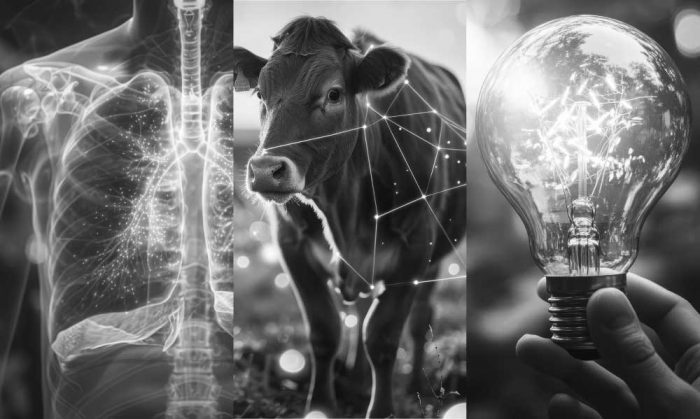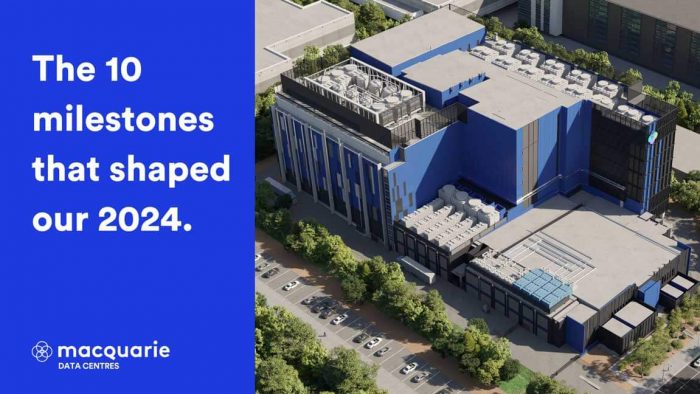Liquid Immersion Cooling: A New Frontier in Cooling Technology Reaches Australia

The Coolest Thing to Enter the Data Centre Landscape
You’ve heard of the butterfly effect; where a small thing (such as a butterfly flapping its wings) serves as a catalyst for much larger consequences (causing a typhoon). A similar parallel can be drawn through technological advances which create data at an exponential rate through mobile apps or communication enhancements. For example, every time a grandparent made a video call to their grandchildren during the pandemic, this contributed to data consumption at a level only ever dreamed about. And in turn, data explosion as a result of digitisation has created a new challenge for us. How do we support sustainable data growth at a sustainable pace?
Liquid Immersion: The New Frontier of Cooling Technology.
So what to do? We can safely say we’re not going to use less technology from this point onwards. To minimise the impact on the environment, we have to find new and sustainable ways to cool down the existing data infrastructure.
Enter the equivalent of the digital ice bath; liquid immersion cooling technology. Liquid immersion uses a biodegradable, non-corrosive liquid that surrounds the IT infrastructure to keep it cool. The liquid lasts for up to 15 years – a significantly more eco-friendly, economically-efficient alternative to traditional air-cooled infrastructure. Macquarie Data Centres is a pioneer in Australia, hosting this critical next-generation technology in its vanguard Macquarie Park Data Centre Campus. Reset Data is the liquid immersion technology supplier to Macquarie and counts international tech giants Intel and Dell among its clientele. Together, this Macquarie Data Centre and Reset Data partnership is helping set new frontiers within the Australian data centre landscape.
The liquid cooling technology will enable emerging technologies like GPU-as-a-Service (GPUaas). At the cutting edge of the digital economy transformation, GPUaaS is a game-changer in 3D rendering, architectural design services, cloud gaming and even institutional blockchain. Most significantly, GPUaaS is the metaphorical key to unlocking the metaverse – the 3D integration of virtual worlds. GPUaaS can be used for augmented reality or virtual reality environments in the business world, but also for complex parallel problem-solving, such as big data comparisons and business intelligence graphical displays.
A great example is the digital twin of New South Wales, being built by the state’s government. A total replication of all the state’s infrastructure, street scale and built environment – in a single pane – requires significant processing power once populated. Liquid immersion enables a more efficient implementation of those high-performance computing environments.
Business and Government continue to accelerate at high speed towards the metaverse, with a predicted growth rate of ~47% per annum resulting in a global market size of USD427 billion in 2027. To support the increased data requirements, seamless infrastructure is required to deliver a flawless experience of the metaverse. Experts warn that data constraints on the metaverse can have visible real-world impacts, such as loss of privacy and identity hacking. The bigger and unseen impact of restricted data supply metaverse is the restriction on innovation.
Next-gen technology for sustainable data centre operations.
Equally important as the seamless component is the integrity of that experience. For next-generation technology of this calibre, next-generation infrastructure is required. There’s a reason that Macquarie has been selected as the key partner to enable access to the liquid cooling technology. Whilst Macquarie Data Centre facilities are world-class, they are in a class of their own when it comes to sovereignty and security, managing over 42% of the Australian Federal government’s workload.
Purpose-built, the sustainability of the data centre has been extended by the implementation of this liquid immersion cooling technology, by Submer. In comparison to traditional water and air-cooling technologies, Submer’s cooling can help to reduce CO2 emissions by up to 45 per cent, in addition to creating zero wastewater. The physical footprint compared to traditional technologies is reduced by up to 90 per cent. And heat takes on a new form in this context, where it can be recycled by 99%, according to Reset Data.
Macquarie Technology Group Executive David Hirst sees the investment as both necessary and scalable across all Macquarie’s clients. Hirst said “Sustainability is something we think about on a daily basis at Macquarie. Internally, we constantly work towards having a more gender-equal workforce, as one example. However, sustainability within our infrastructure – where we are able to reduce our impact on the planet – is just as important. The liquid immersion cooling technology brings us closer to having zero impact on the environment and benefits all our clients. This is an investment in Macquarie’s future, our clients’ future, and the future of sustainable data centre operations.”
Liquid immersion cooling gives us a glimpse into the possibilities offered by next-gen technologies. And beyond that, the technology is a significant milestone towards a more sustainable future – where butterflies are welcomed, and not feared.
Read more about our colocation services in Sydney and Canberra.
Read more about our data centres in Sydney, Macquarie Park, and Canberra.




